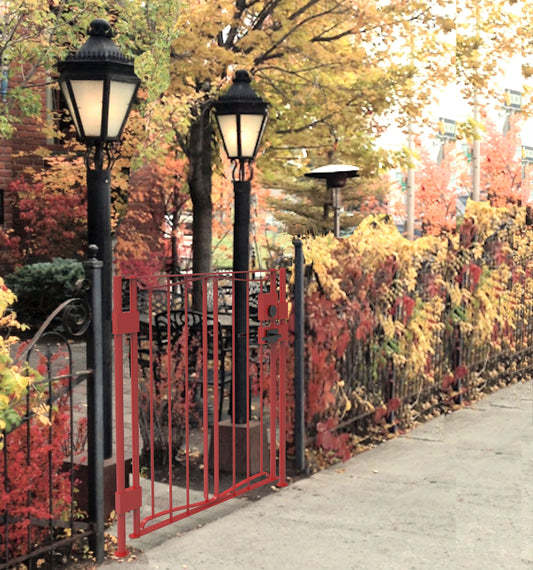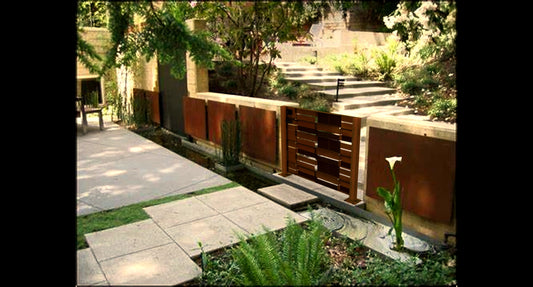Spring is here. That means opening up windows, airing out our homes and sprucing everything up after a long drawn-out winter. While you’re taking the time to make everything look its best, it’s the perfect opportunity to give your houseplants some attention as well!
Spring cleaning your houseplants includes re-potting them (if necessary), trimming up the foliage, and actually cleaning dust and dirt off the leaves.
Re-potting
After a while, all the great organic matter in potting soil breaks down and the nutrients become depleted. As plants grow, their roots may also begin to crowd the container, stunting the growth of the plant.
Re-potting your plants periodically with new potting soil rejuvenates the lost materials; moving up to a bigger pot gives the roots room to grow.
The process itself is easy, albeit a little messy if you follow these steps:
- Water your plant in the current container a day or so before you want to tackle this project.
- Dump the new potting soil in a large container or bucket until it “clumps” together when you squeeze a handful of it.
- Spread a couple of inches of potting soil in the bottom of the container. If you’re worried about the mix falling out the drainage holes you can line the pot with coffee filters or paper towels.
- Gently remove the plant from its container, making sure not to damage the plant or the roots.
- Using your fingers, “tease” as much of the old potting soil from the roots as possible.
- Place the plant in the container, allowing it to rest on the potting soil in the bottom. The crown of the plant should set about 1 inch below the rim of the pot.
- Begin filling the empty space with potting soil, covering the entire rootball with soil and burying the crown of the plant. Leave approximately ½ inch of space below the rim of the container.
- Carefully tamp down the potting soil without compacting it.
- Water well with distilled water to remove any air pockets created when you added the soil to the container.
Trimming
This is also a great time to remove dead leaves or brown leaf tips. It’s like giving your plant a haircut of sorts.
To do this, start off by finding a pair of sharp scissors or small pruning shears. Sharp blades make clean cuts, minimizing the damage done to healthy plant cells in the leaves, and reduces the energy needed to heal open wounds.
Take a minute and wipe the blades of your scissors with rubbing alcohol before you start, to clean and sanitize them.
- To remove an entire leaf, cut the leaf either at the top of the potting soil or all the way back to the main stem of the plant, depending on the plant.
- To trim off brown leaf tips, either make angled cuts to replicate the leaf tip shape or cut straight across the leaf to remove the dead tissue.
Dusting
Like the other surfaces in your homes, the leaves of your houseplants collect dust and dirty too. When allowed to build up it can hinder plant growth by affecting photosynthesis. There are different ways to accomplish this, based upon the amount of dust and dirt on the leaves.
No matter the method, work gently to avoid creasing or breaking off leaves.
- If there is only a fine layer of dust on your plants, you can quickly clean them using a feather duster or another similar cleaning tool. Periodically knock the dust out of the duster to avoid depositing it on the plant as you work.
- Fuzzy/furry leaves need to be cleaned with a soft brush like a small craft paintbrush or a soft-bristled toothbrush since water damages the tiny hairs on the leaves. Start at the base of the leaves and work out towards the tips, moving from the top of the plant downward.
- Use a microfiber cloth or a soft cotton rag to wipe the dirt off of plants with larger, or just a few leaves. Dampen the cloth with clean water and carefully wipe the top and bottom of each leaf. Support the underside of each leaf with your free hand as you wipe to prevent damage or snapping the leaf from the plant’s stem. Use a second, dry cloth to remove any water left behind on the leaves.





